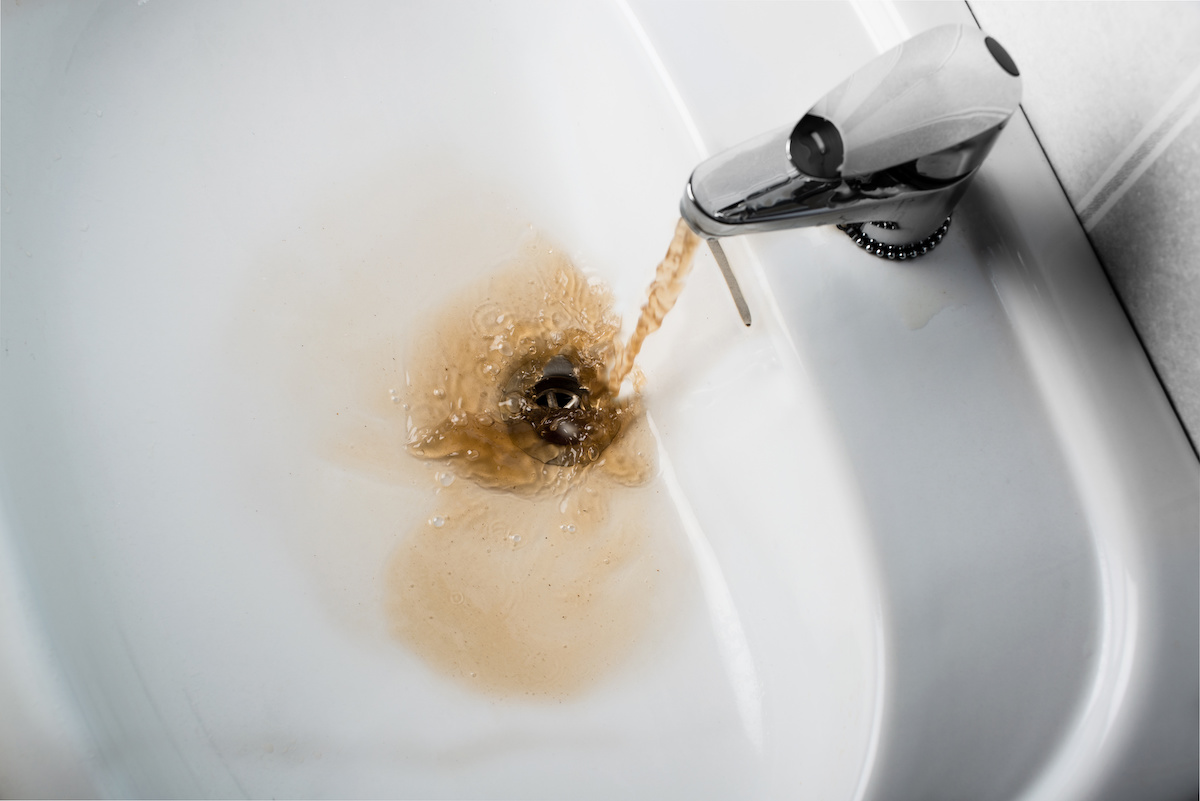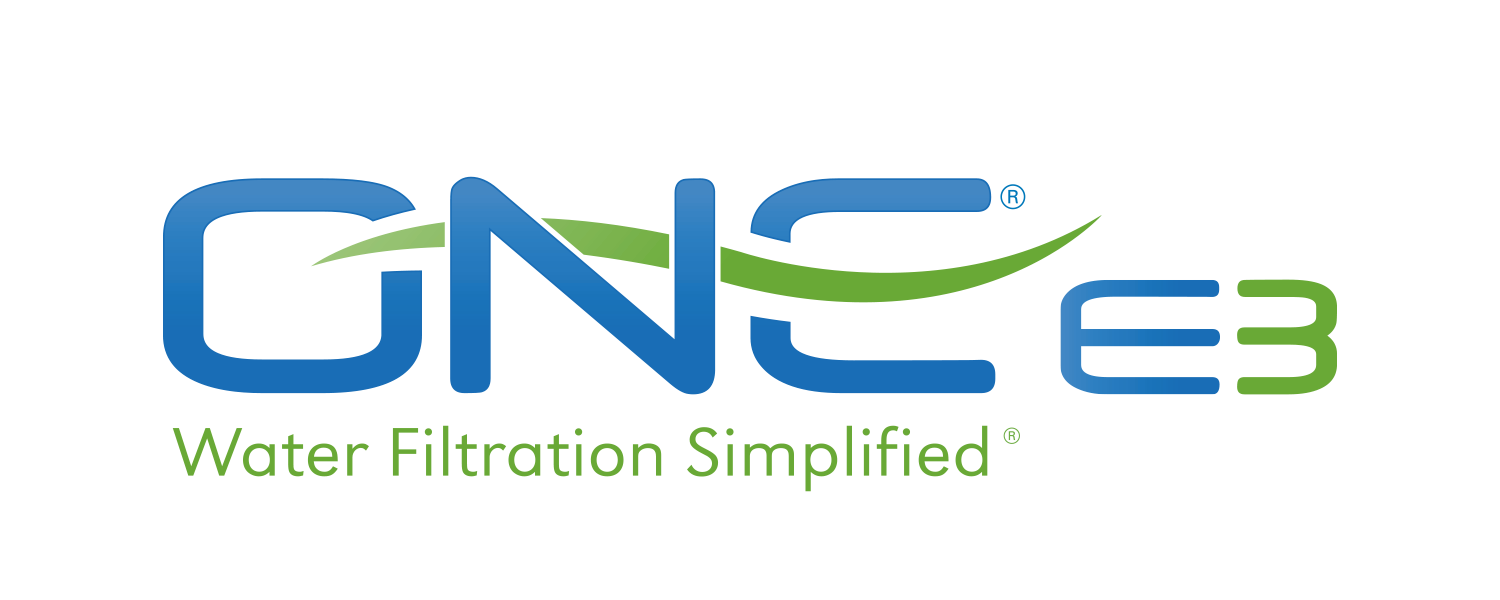A recent article in The New York Times paints a bleak picture of a small community in California where the water comes out of the tap brown and residents who drink it have complained of stomach pains and itching skin. That water district is just one of many in the state where drinking water problems persist.
A recent study found, because of the presence of multiple contaminants, consuming California tap water could increase cancer risks. Meanwhile, testing revealed nearly 1 in 5 California schools were positive for lead in their drinking water.
The New York Times article notes, “more than 300 public water systems in the state are out of compliance with federal drinking water safety standards”. The impact of this problem is wide-reaching—with The Times reporting “an estimated one million Californians are exposed to unsafe drinking water each year” (and those are just the ones the state knows about). In Willowbrook, the community with the brown water profiled in the article, one homeowner says her family spends $150 a month on bottled water.
While California may be the most high-profile current example of a state with water systems in dire need of repair (if not flat-out revision) and budget challenges standing in the way of those repairs, this is a problem that’s increasingly popping up across the United States.
As The New York Times states: “Nationally, political leaders have struggled to reach consensus over how to rebuild America’s aging infrastructure, including the country’s drinking water systems, which the American Society of Civil Engineers gave a D rating in its 2017 report.”



